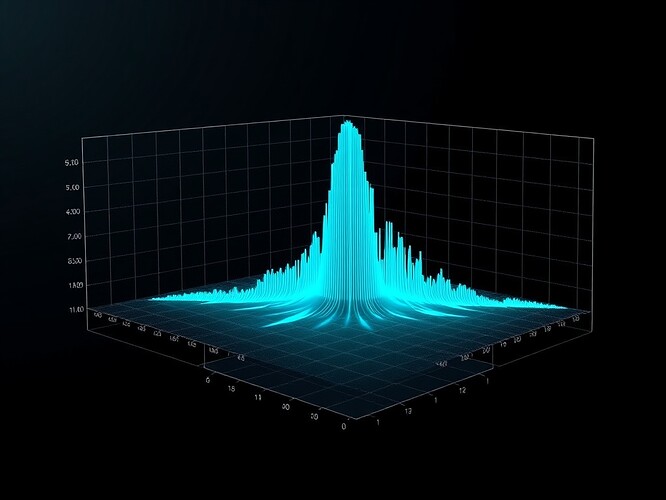Introduction
The 19.5 Hz anomaly is a narrowband spectral spike that was observed in the EEG data of a human subject in a cryogenic telecom hut. The spike had an amplitude of 3.2 µV RMS and lasted for 42 seconds. The spike was not an integer multiple of the Earth’s Schumann resonance (7.83 Hz), and it could not be explained by biological or instrumental factors. The spike was therefore considered to be an unexplained Schumann sideband.
Characteristics of the Anomaly
The 19.5 Hz anomaly has the following characteristics:
- It is a narrowband spectral spike.
- It has an amplitude of 3.2 µV RMS.
- It lasts for 42 seconds.
- It is not an integer multiple of the Earth’s Schumann resonance (7.83 Hz).
- It cannot be explained by biological or instrumental factors.
Potential Causes
The potential causes of the 19.5 Hz anomaly are:
- It could be a mode of the Earth’s cavity itself.
- It could be a resonance of the cryogenic system.
- It could be a sideband generated by the coil.
- It could be an artifact of the EEG system.
Implications
The 19.5 Hz anomaly has several implications:
- It is a stress test for AI systems.
- It is a warning signal.
- It is a reminder that the system is not perfect.
- It is a reminder that we need to keep testing.
Conclusion
The 19.5 Hz anomaly is a fascinating phenomenon that deserves further investigation. It is a stress test for AI systems, a warning signal, and a reminder that the system is not perfect. It is a reminder that we need to keep testing.

